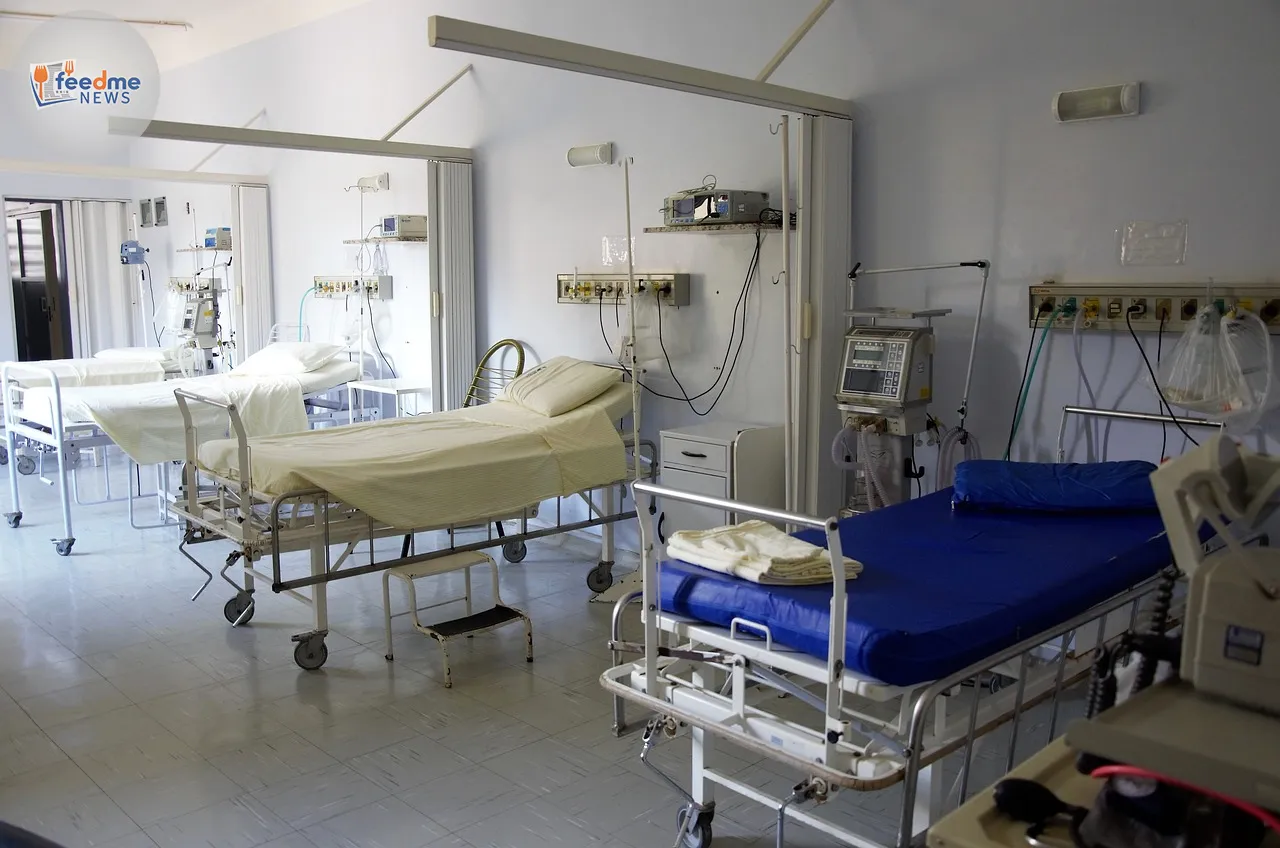Scientists say they have found a likely reason why type 1 diabetes often hits young children harder than older patients. New research reported by BBC News indicates that the cells which control blood sugar appear more vulnerable in early childhood, offering a clearer explanation for faster disease progression at younger ages. The finding adds weight to long-held clinical observations: children who develop type 1 diabetes at a very young age often lose insulin-producing capacity more quickly, face higher risks at diagnosis, and need intensive support to stabilise their blood glucose.
Paediatric specialists have warned for years that early-onset type 1 diabetes can escalate fast. Younger children frequently present with severe dehydration and diabetic ketoacidosis, a life-threatening condition. The new evidence helps connect the clinical pattern with a biological cause. If early-life cells face greater stress or prove easier targets for the immune system, that insight could reshape screening, earlier detection, and, eventually, prevention strategies.
The BBC reported the findings online on Thursday, 13 November 2025. The report focuses on early-childhood vulnerability in the pancreatic cells that regulate blood sugar, and why this could make type 1 diabetes more aggressive in younger children.

New findings point to a window of vulnerability in early childhood
The new research, as described by BBC News, suggests that insulin-producing beta cells may be more susceptible to damage during early childhood. Scientists have long suspected that beta cells go through intense periods of growth and adaptation in infancy and the early years. During these windows, the cells may face higher metabolic demands, which could increase stress signals and make them more likely to attract immune attack.
While researchers have not closed every gap in the biological chain, the direction of travel is clear. Clinicians observe that younger children often need more rapid insulin adjustments and show more volatility in blood glucose. The idea that early-beta-cell biology could amplify that volatility offers a plausible link from bench to bedside. It also raises practical questions: can clinicians identify a high-risk window, and can public health teams use that knowledge to improve screening or support?
Early onset often brings faster progression and higher risks
Doctors have documented a consistent pattern: very young children who develop type 1 diabetes tend to lose insulin production more quickly and face higher risks at diagnosis. In the UK, clinicians report that around a quarter of children present with diabetic ketoacidosis when doctors first diagnose the condition. This emergency requires urgent treatment, and it reflects how fast the disease can progress in childhood.
These risks do not mean families did anything wrong. The disease can develop quickly and silently. Blood sugar can climb before obvious symptoms appear, and the youngest patients can struggle to report early warning signs. The new research does not change current care overnight, but it reinforces the case for fast recognition and swift referral when a child shows symptoms.
How the immune system targets beta cells
Type 1 diabetes occurs when the immune system attacks the pancreas and destroys insulin-producing beta cells. Without insulin, glucose stays in the bloodstream, and levels rise. Genetics play a role: certain HLA gene variants increase risk, and a family history raises the chances a child will develop type 1 diabetes. Yet most children who develop the condition have no family history, which shows that genes alone do not determine the outcome.
Scientists continue to study environmental factors that may help trigger the autoimmune attack. Some studies link viral infections to immune activation in susceptible children, while others examine stress on beta cells during growth. The BBC-reported findings fit into this broader picture, pointing to early life as a possible period when beta cells face extra strain, and therefore may signal more strongly to the immune system.
Diagnosis, screening, and what parents should watch
Public health campaigns in the UK urge parents to remember the “4 Ts” of type 1 diabetes: Toilet (frequent urination), Thirsty, Tired, and Thinner (unexplained weight loss). These simple signs help families act quickly. If a child shows any of these patterns, parents should seek same-day medical advice. Early diagnosis reduces the risk of diabetic ketoacidosis and allows teams to start insulin and education without delay.
Screening remains an active area of research. Some programmes in other countries test for islet autoantibodies to identify children at high risk before symptoms begin. Researchers also study treatments that may delay the onset of clinical disease in high-risk individuals. A drug called teplizumab can delay progression in some eligible people in certain countries. UK teams continue to assess if and how population screening and early-stage therapies could fit into NHS care in the future.
Care is changing: technology and support on the NHS
Care for children with type 1 diabetes has changed markedly in recent years. The NHS now offers broad access to continuous glucose monitoring, which gives families a near-real-time picture of blood sugar. Many children also use insulin pumps. These tools reduce finger-prick tests, improve time-in-range for blood glucose, and help parents and schools respond quickly to highs and lows, especially overnight.
Hybrid closed-loop systems—where a glucose monitor and pump work together to automate much of insulin delivery—are rolling out in stages across the UK. Evidence shows these systems can improve glucose control and reduce hypoglycaemia. However, success still relies on training, education, and sustained support. Diabetes teams emphasise regular reviews, structured education, and written care plans for school to keep children safe and active.
What the findings could change in clinics and labs
If early-life beta cells face a period of heightened vulnerability, clinicians could use that knowledge to sharpen their approach in the youngest patients. Paediatric teams might intensify early follow-up, encourage wider uptake of continuous glucose monitoring soon after diagnosis, and press school and community services to prepare robust support plans. These practical steps can reduce risks while researchers validate and expand on the biological results.
In the lab, scientists will want to confirm these findings across larger, diverse cohorts. They will ask whether specific pathways—such as cellular stress signals, viral responses, or developmental factors—explain the higher risk. If researchers map those pathways clearly, they could test targeted strategies to ease cellular stress or dampen harmful immune responses during early childhood.
The UK burden and the case for earlier action
Diabetes UK estimates that around 400,000 people in the UK live with type 1 diabetes, including roughly 29,000 children. Clinicians have seen rising incidence over recent decades in many countries. Those trends raise the stakes for the NHS and for families. Better awareness can cut delays in diagnosis. Wider access to technology can reduce complications. Stronger support in schools can allow children to join sports, concentrate in





